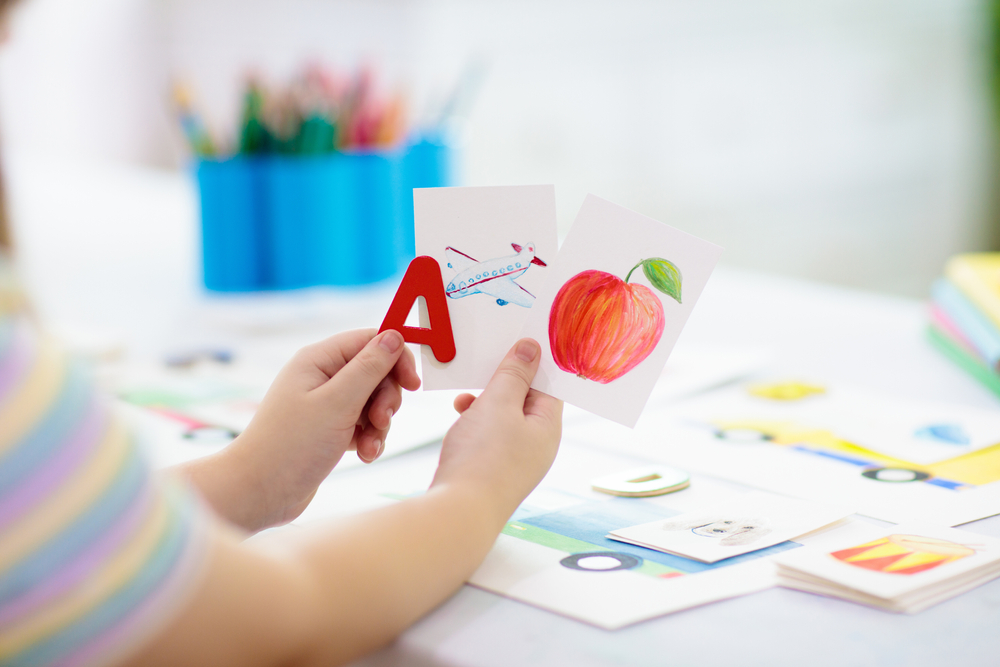
Parents of children who struggle to read should understand that their child isn’t alone; it’s estimated that millions of children have reading difficulties. When reading struggles are identified, though, parents can take steps to help their child.
Unfortunately, some children fall through the cracks because their struggles may never be identified. As reading becomes more difficult in later grades, children could fall farther and farther behind their peers. Reading growth could fall off, and the child could struggle to catch up. Here are 10 staggering statistics about struggling readers and reading growth:
- Less than 20 percent of children read 30 minutes or more every day
- More than half of children read less than 15 minutes
- Middle income communities have 13 books to 1 child; lower-income communities have 1 book per 300 children
- 25 percent of kids will grow up without becoming literate
- If a child doesn’t read well in first grade, there is a 90 percent chance they will continue to struggle by time they reach fourth grade
- Third grade reading can correlate to dropping out of high school. Children who don’t read at a benchmark at the end of this grade are four times more likely to drop out of high school.
- More than 1 in 3 kindergarteners don’t have the skills to learn to read
- 65 percent of fourth graders are reading below their grade-level expectations
- Only 37 percent of students who are graduating from high school read at or above the expected proficiency
- More than 80 percent of sixth graders who fail an English class don’t graduate from high school.
These statistics illustrate how integral reading is for later success in high school. When parents notice their child struggling, how can they help? How can parents overcome any hurdles that seem to be barriers to their child’s success?
While it’s important for parents to understand the impact of these 10 statistics on a child’s literacy development and their potential success in later grades, children aren’t doomed to become a part of these numbers. For each statistic, here’s how parents can make an impact on the literacy success and development of their child.

Many Children Are Not Reading Enough
Less than 20 percent of children read 30 minutes or more every day, and more than half read less than 15 minutes every day.
This is a fairly easy statistic to beat. Parents can beat themselves up if they realize their child has fallen behind. However, this isn’t helpful. If a child isn’t reading every day, encourage regular reading times.
Parents can let children listen to books on tape as they follow along in their book. Parents can read to children. If 30 minutes seems like a long time to a child, break it down into two 15-minute sessions.
Let children read different types of materials like comic books, graphic novels or even magazines. All reading counts!
Books and Accessibility
One statistic notes that middle-income communities have more books per child. Parents who are in a position to help donate books to needy communities also could use the experience to help children understand how important books are for communities and the children in those communities.
However, parents who live in an area without many books might struggle to find materials for their child. Some thrift stores offer books for a quarter. There also could be resources through the school. Public libraries also are a source of free materials.
When Children Struggle to Read in First Grade, It Reverberates Later
Understanding a child’s reading struggles is important. Identifying reading struggles can lead to earlier intervention to ensure that children don’t continue to fall behind.
Most schools send reading reports home with students that help parents understand their reading level. These updates can help parents identify potential struggles. Is the child meeting grade-level benchmarks and expectations? Are they reading below grade level?
If a parent discovers their child is reading far below their peers or is even just slightly behind, they can reach out to their child’s teacher to discuss any intervention options. Not all children may qualify for additional reading intervention programs, but teachers also could provide parents with suggestions on how to provide help at home.

More than 1 in 3 Kindergarteners Aren’t Prepared to Learn How to Read
Many children are entering kindergarten without the proper tools to learn how to read. Parents of preschoolers can help prepare their child for reading by reading to them every day.
Read favorite books together, visit the library and find new stories or even attend a children’s story time event at a public library. To prepare children for kindergarten, parents can begin introducing alphabet songs and games.
Make learning fun by creating an alphabet match game, too. Just make two cards for each letter of the alphabet. Shuffle the cards and place them face down. Take turns choosing cards to find matches. Encourage children to say the letter when they flip over a card.
Parents also can help children understand the sounds of letters by drawing a picture associated with that letter on the card. For example, “egg” for “E.” Have children say the letter and the object. This can encourage them to associate the letter with the sound.
Literacy and High School Success
Statistics show that when children are struggling to read in third grade or even failing an English class in middle school, success in high school may be lower. In fact, children who fail an English class in sixth grade are much more likely to not finish high school.
Less than half of students who are graduating high school are proficient or reading above the proficient level. This means that many high school graduating seniors aren’t fluent readers and haven’t hit literacy benchmarks.
What can parents do at home to ensure their child becomes a successful reader? How can parents help a struggling reader?
Helping at home doesn’t require a degree or even any special skills. However, patience is a must. Children who struggle might need more one-on-one intervention; some parents can offer this, but others might not have the time to work with their child.
A lesson-based reading program like Readability can be used to help a struggling reader gain confidence and improve their reading fluency. Readability can help children who struggle with comprehension, phonics/phonetics and overall reading fluency or speed.
Readability is leveled to ensure that each child begins with books and lessons that are appropriate for their abilities. Each reading level in Readability includes a library of books; children read these books out loud, and these lessons are guided by a built-in AI reading tutor.
The reading tutor is programmed to recognize every user’s voice. This means that if a child struggles with a word or needs help, the tutor will understand the child’s struggle and provide help. At the end of each book, the tutor also will ask the child questions to measure and gauge their comprehension.
If a child answers a question incorrectly about the book, the tutor will show them the section from the book that provides clues for the answer. The tutor also will read the section aloud. The child will have another chance to answer the question; this helps children understand that it’s ok to look back and re-read sections that they might not have understood. Re-reading is an important tool for children who might struggle with comprehension.
Parents can explore their child’s reading progress via the Parent Dashboard portal in the program. This portal is only accessible to parents, and the dashboard shows the child’s reading data. Parents can review their child’s reading fluency (measured in words read per minute), comprehension, reading level and they can even see how long their child used Readability each day.
Children are not statistics, but reading statistics can help parents understand the impact of literacy on school success. When parents identify that their child is struggling with reading, they can explore solutions to help their child meet grade-level benchmarks.
Reading programs can help struggling readers become more confident readers and improve their fluency and understanding. Parents can try Readability for free for seven days to better understand how the program can help their child succeed. Sign up for a free trial today!

 Español
Español